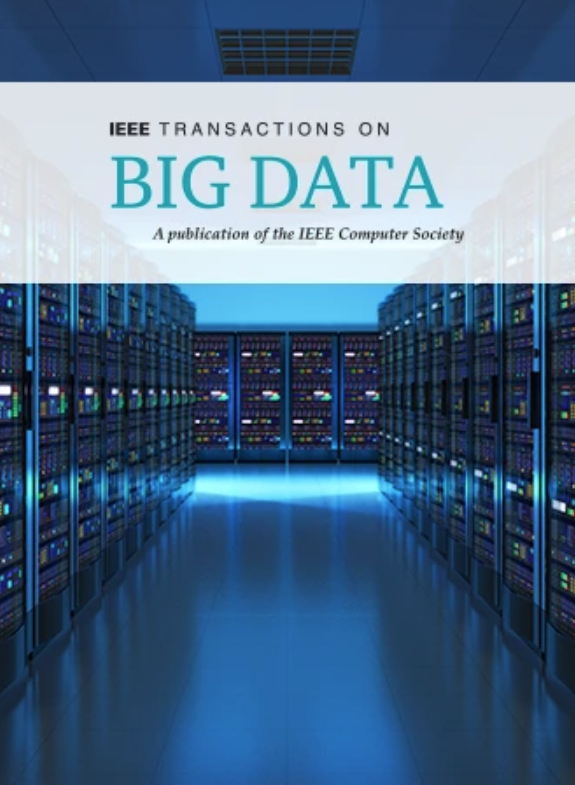需求响应运输路线问题的图提示学习方法
IF 5.7
3区 计算机科学
Q1 COMPUTER SCIENCE, INFORMATION SYSTEMS
引用次数: 0
摘要
需求响应交通(DRT)在缓解当前公共交通系统的低效率方面发挥着至关重要的作用。高效的路线对于提高这种运输方式的灵活性和适用性至关重要。机器学习技术,如基于注意力的编码器-解码器方法,能够在离线训练后几秒钟内产生解决方案。然而,这些算法在训练过程中会遇到收敛问题,并且泛化能力有限,特别是在不同的尺度上。因此,本文提出了一种基于图提示学习的方法,该方法包括信息编码器、令牌生成和令牌映射,以有效地训练能够适应不同车辆和需求变化的模型。特别是,令牌生成通过在每个时间步整合车辆和客户紧急信息来考虑问题的特征。令牌映射通过注意机制和掩码函数获得车辆解码序列。建议的模型的性能是根据不同请求上下文的通用基线进行全面评估的。结果表明,与基线算法相比,该方法可以显著减少计算时间,提高路由解的质量。总体而言,该模型通过令牌映射和提示符设计提高了DRT系统的路由效率。本文章由计算机程序翻译,如有差异,请以英文原文为准。
Graph Prompt Learning Method for the Demand-Responsive Transport Routing Problem
Demand Responsive Transport (DRT) plays a crucial role in mitigating the inefficiencies of current public transit systems. Efficient routing is paramount for enhancing the flexibility and applicability of this transportation mode. Machine learning techniques, such as the attention-based encoder-decoder methodology, have the capability to produce solutions within seconds after offline training. However, these algorithms encounter convergence issues during training process, and demonstrate limited generalization ability, particularly across different scales. Thus, this paper proposes a graph prompt learning-based method comprising an information encoder, token generation, and token mapping to effectively train models that can adapt to diverse vehicles and demand variations. Particularly, token generation considers the characteristics of the problem by integrating vehicle and customer urgency information each time step. Token mapping obtains vehicle decoding sequences through attention mechanisms and mask function. The proposed model's performance is comprehensively evaluated against commonly baselines across various request contexts. Results show that our method can significantly reduce the computational time, and improve the quality of routing solution compared with baselines. Overall, the proposed model can enhance the routing efficiency of DRT systems through token mapping and prompts design.
求助全文
通过发布文献求助,成功后即可免费获取论文全文。
去求助
来源期刊

IEEE Transactions on Big Data
Multiple-
CiteScore
11.80
自引率
2.80%
发文量
114
期刊介绍:
The IEEE Transactions on Big Data publishes peer-reviewed articles focusing on big data. These articles present innovative research ideas and application results across disciplines, including novel theories, algorithms, and applications. Research areas cover a wide range, such as big data analytics, visualization, curation, management, semantics, infrastructure, standards, performance analysis, intelligence extraction, scientific discovery, security, privacy, and legal issues specific to big data. The journal also prioritizes applications of big data in fields generating massive datasets.
 求助内容:
求助内容: 应助结果提醒方式:
应助结果提醒方式:


